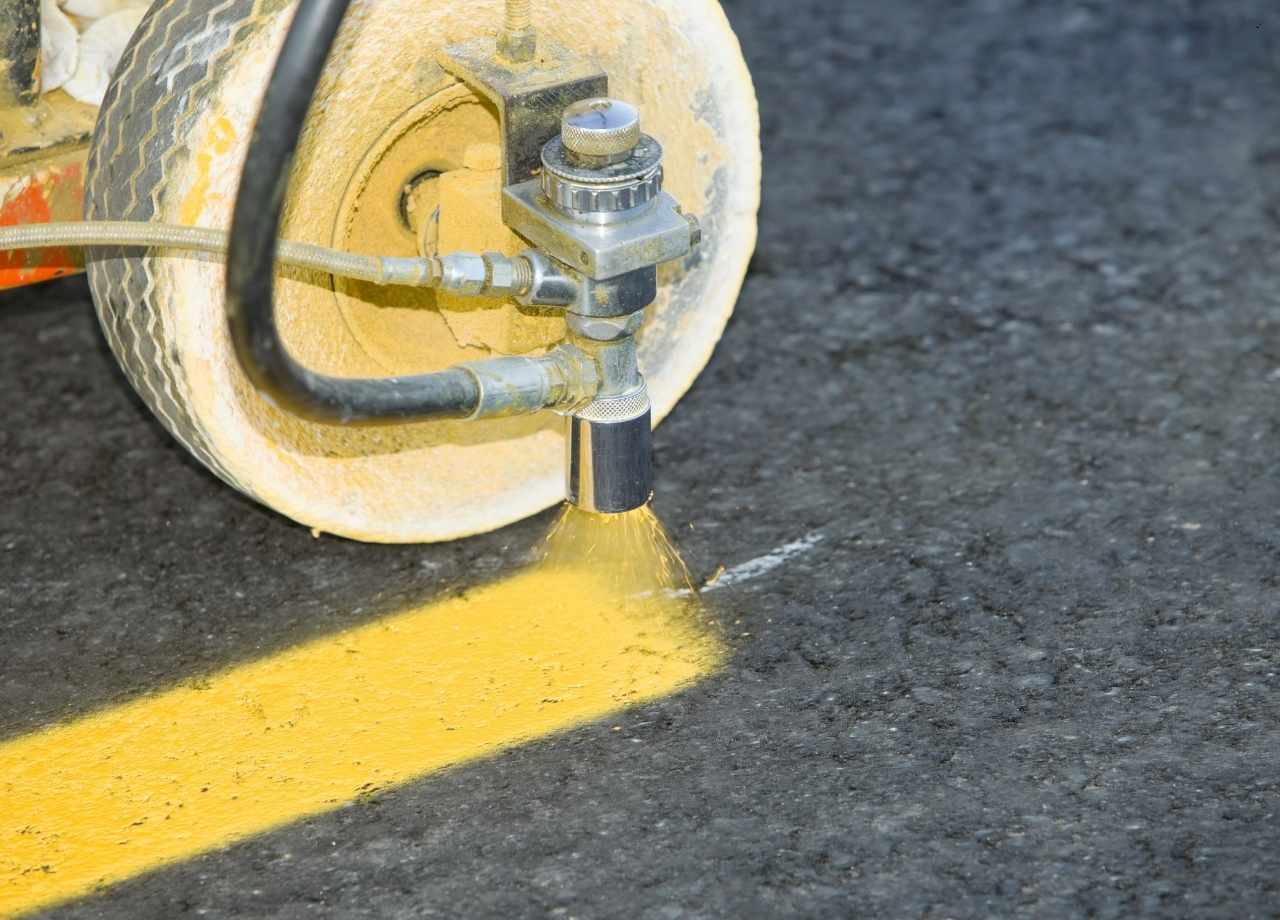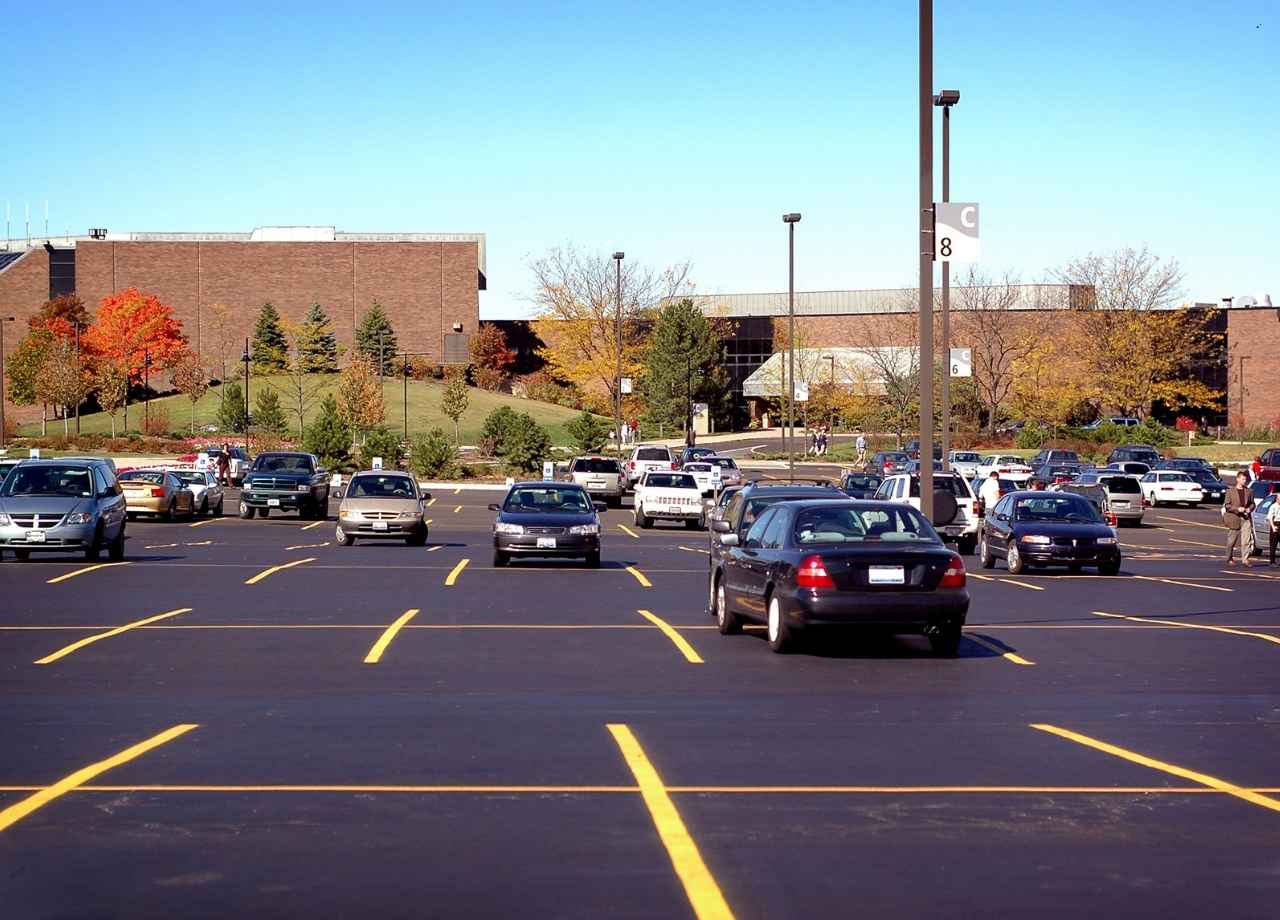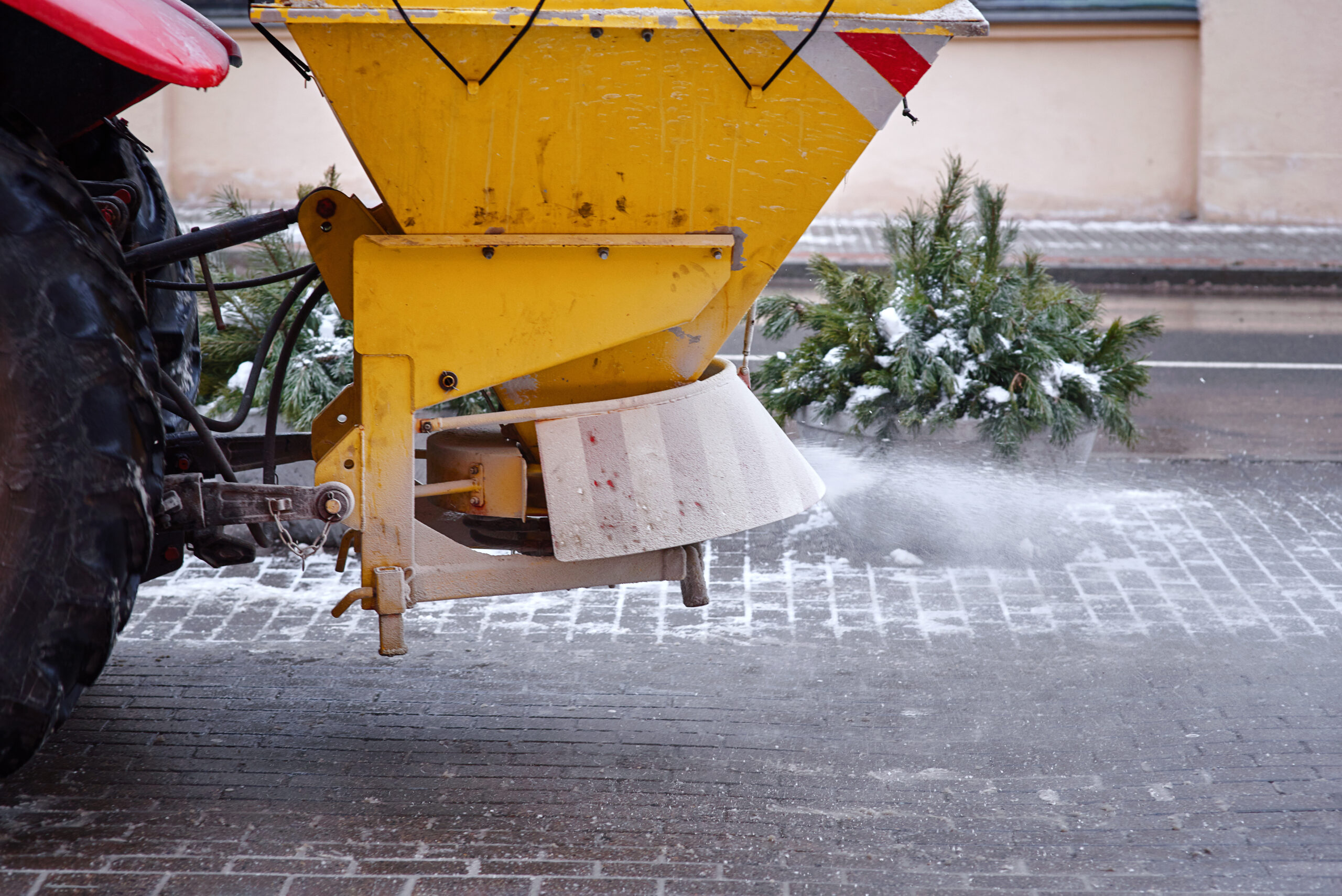When to Repair vs. Replace Your Parking Lot
Parking lots are exposed to weather, weight, and wear year-round. Deciding whether to repair or replace one isn’t just a maintenance task—it affects budgets, safety, and a property’s visual appeal. Knowing the difference between a surface that needs patching and one that’s beyond recovery can save significant time and money.
Small Cracks Today, Big Costs Tomorrow
Most asphalt surfaces begin showing small cracks within a few years. These are usually thin and don’t immediately pose a structural problem. But they act like open doors for water. Once water seeps below the surface, freeze-thaw cycles can cause deeper damage.
Filling cracks early prevents these problems. Crack sealing is one of the most affordable pavement maintenance tasks. Ignoring those cracks leads to spiderweb patterns, potholes, and a weakened subbase that is far more expensive to fix later.
When a lot starts to look like a shattered windshield, it’s not about sealing anymore. Alligator cracking—those rough patches resembling reptile skin—signals that the surface has lost its flexibility. Temporary patches may keep it usable, but the damage beneath the surface usually requires resurfacing or full replacement.
Puddles Point to Base Failure
Water that lingers after rainfall is a sign something’s wrong. A well-designed lot should direct water toward drains or runoff areas. When puddles form in the same areas over and over, it usually means the grading has failed or the base layer has eroded.
In early stages, regrading or adding drainage infrastructure may help. But when standing water appears alongside visible surface deterioration, spot repairs won’t last. If the base isn’t solid, no surface repair will hold up.
Age Tells the Real Story
Most asphalt parking lots last 15 to 25 years depending on traffic volume, climate, and maintenance. Lots with light traffic and mild winters can last longer with proper sealcoating. But frequent snowplowing, heavy trucks, and neglect accelerate aging.
Even if a lot still looks decent, signs of soft spots underfoot, uneven surfaces, or recurring dips often indicate fatigue below the surface. At this stage, continuing to patch is like taping over holes in a collapsing roof. If the pavement has lost its structural strength, replacement becomes the smarter long-term move.
Potholes Are a Warning Sign, Not Just a Nuisance
Potholes are one of the most common signs of pavement failure. They often show up after freezing weather, snowplowing, or heavy use. Small potholes can be patched quickly, but their presence tells you that moisture and pressure have already compromised the base.
A couple of isolated potholes may not warrant full replacement. But if they keep reappearing in the same spots, or patching them becomes routine, you’re likely dealing with deeper base issues. Repairs won’t last unless the underlying material is rebuilt.
Surface Repairs Have Limits
Milling and overlaying is a go-to method when the pavement’s base layer is still intact. This involves grinding down the top few inches and applying new asphalt. It’s faster and more affordable than a full reconstruction and can give the lot another 8 to 15 years of life.
But this approach has limits. If drainage is poor, the base is failing, or cracks run deep, overlays won’t hold. They may look great at first, but if the foundation isn’t sound, the surface will start deteriorating again within a year or two.
Use milling and overlaying only when the base has been assessed and confirmed stable.
Stains and Fading: Cosmetic or Structural?
Oil stains, UV damage, and surface oxidation can make a parking lot look worn out before it actually is. These don’t necessarily indicate a structural problem but can still impact customer perception. Sealcoating can restore a fresh, black appearance and add a protective layer.
When appearance is the main concern, sealcoating every 3 to 5 years is a smart move. It helps preserve the binder in the asphalt and delays deeper issues. However, if the sealant stops adhering properly or peels off unevenly, it might be a sign that the surface has deteriorated too far for cosmetic treatments alone.
If You’re Always Repairing, It’s Time to Replace
A well-built parking lot shouldn’t need constant attention. If you’re patching the same sections every year, or calling out a contractor multiple times a season, the cost of maintenance adds up fast.

Look at how much you’re spending over a three-year period. If annual repair bills start to rival the cost of resurfacing or replacement, it’s time to rethink the plan. Temporary fixes can extend life, but they shouldn’t be a recurring budget line.
Maintenance is meant to extend life—not drain resources.
Concrete vs. Asphalt: Different Rules, Same Decision
Some lots are paved with concrete instead of asphalt, particularly in areas with heavy vehicle traffic or higher aesthetic demands. Concrete has a longer lifespan—up to 40 years—but higher upfront costs and trickier repairs.
Cracks in concrete are harder to fix without visible patch lines. Mismatched sections look unprofessional, and full panel replacement can be expensive. If corners crumble, slabs shift, or cracks run the length of multiple panels, you’re often looking at full-section replacements.
Asphalt overlays can’t be applied over concrete, so it’s important to inspect concrete lots differently. Focus on joint separation, slab movement, spalling, and sinking.
Seasonal Extremes Accelerate Damage
Seasonal weather takes a toll on pavement. In cold climates, water seeps into cracks, freezes, expands, and breaks off chunks of asphalt. Salt and plowing make it worse. In warmer regions, UV rays dry out and oxidize the surface, making it brittle and easier to crack.
If a parking lot is already showing signs of wear, each passing season multiplies the damage. When you see the same issues reappear every spring or summer, it’s safer—and more cost-effective—to plan a full resurfacing or replacement during a warm-weather construction window, rather than waiting for an emergency repair.
Striping Doesn’t Mask Structural Issues
Fresh striping can make a lot look great. It improves curb appeal and helps traffic flow. But repainting lines doesn’t solve structural problems. If the surface under the paint is crumbling or cracking, the new paint won’t last long—and neither will the illusion of a well-maintained lot.
Be cautious if restriping is used to cover recent patches or disguise surface wear. Faded high-traffic areas or quickly worn-off lines are signs of deeper pavement issues. Striping should follow real maintenance—not replace it.
Cracks and Claims: Safety and Liability Risks
Damaged pavement doesn’t just look bad—it creates liability. Deep cracks, uneven surfaces, and potholes can lead to pedestrian trips, falls, and vehicle damage. If someone gets hurt due to a known hazard, the property owner could be held responsible.
Timely repairs reduce that risk—but if those fixes keep failing, your exposure only increases. A full replacement may seem like a bigger investment, but it ensures level surfaces, proper drainage, and safer conditions for everyone on the property.
Budget Decisions Require a Long View
It’s understandable to want to avoid a big capital expenditure. Full replacements are expensive. But spreading repairs across several years often costs more in the long run—especially when factoring in labor, materials, and repeated downtime.
Milling and resurfacing offer a middle ground. If the base is stable, this approach can extend the lot’s life by 8 to 15 years at a fraction of full reconstruction costs. Emergency repairs also cost more, so proactive planning typically pays off.
Plan work during your slow season or shoulder months. That’s when pricing and crew availability are typically better—and you can avoid unexpected service disruptions.
When It’s Time to Call in a Pro
On-the-surface issues don’t always tell the full story. Contractors use tools like core sampling and ground-penetrating radar to assess base conditions. They’ll also evaluate drainage performance, past repair quality, and load-bearing capacity.
This level of assessment can save thousands by preventing premature repairs or unnecessary replacements. Professionals can also prioritize which areas need attention now versus what can wait.
Before committing to patching or tearing up your lot, many property managers turn to National Facility Contractors for objective evaluations, lifecycle planning, and high-traffic paving solutions tailored to long-term value.
Conclusion: Make Smart Repairs, Not Repeat Ones
Parking lot decisions aren’t just about looks—they’re about longevity, liability, and smart budgeting. Quick fixes may seem easier, but they rarely solve deeper problems. If a lot is aging, cracking, pooling water, or requiring frequent repairs, it’s time to consider replacement—not just another patch.
Need help making the call? Reach out to National Facility Contractors for a no-pressure evaluation and a clear plan tailored to your property’s traffic, climate, and budget.






